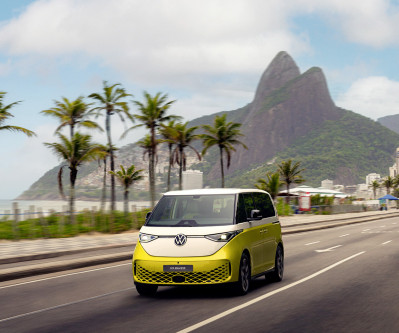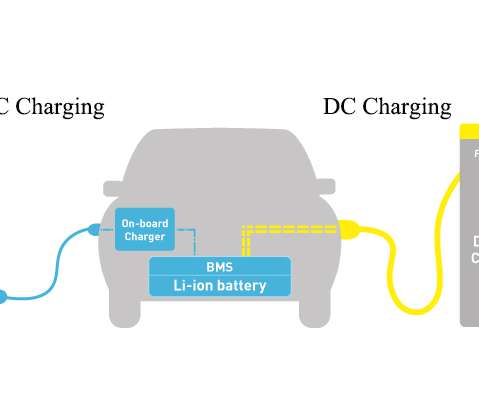Volkswagen brand to invest €1B by 2026 in South America; targeting 40% growth in Brazil
Green Car Congress
JULY 5, 2023
The Volkswagen brand aims to make significant gains in South America with a major product offensive. In total, the South American automotive market is expected to grow 11% a year until 2030, making it one of the fastest growing markets in the world. To this end, we are investing one billion euros in South America by 2026.













Let's personalize your content